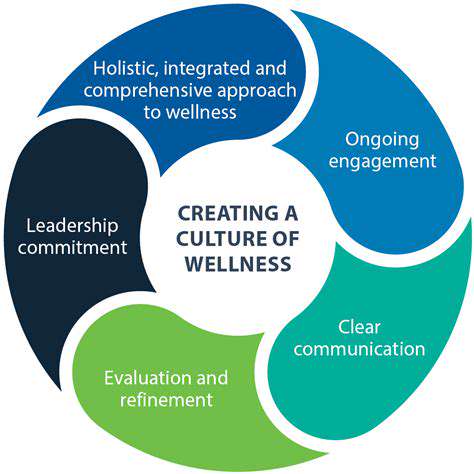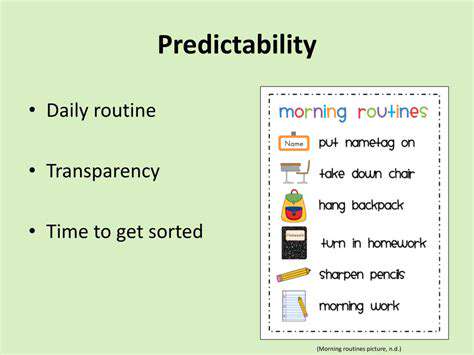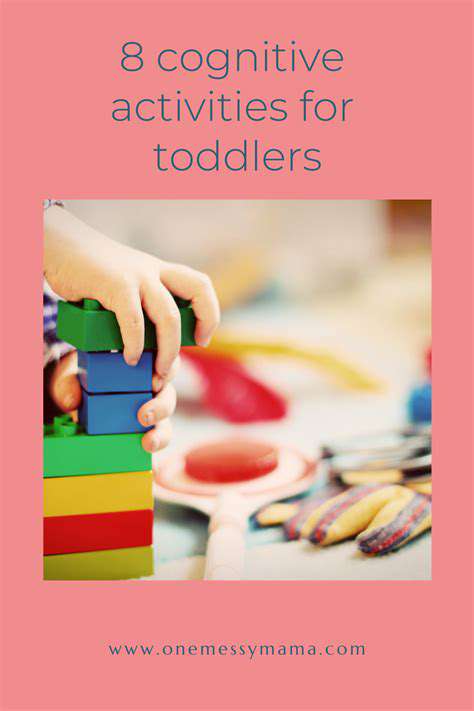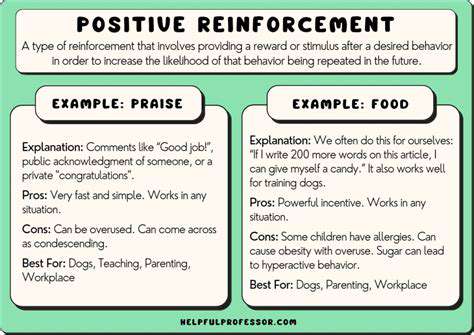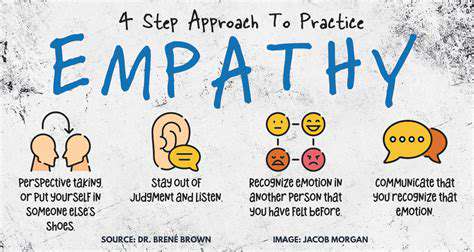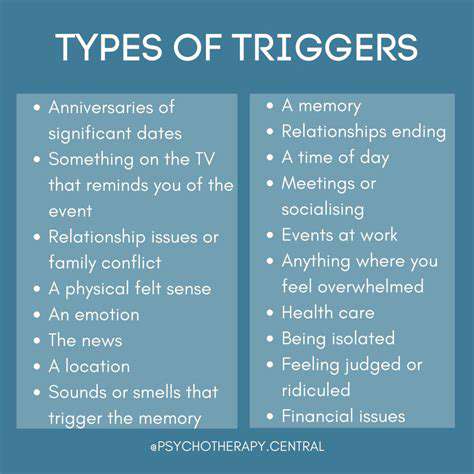Supporting Grieving Children in Understanding Loss
Supporting Children in Processing Their Feelings
Understanding the Impact of Grief
Helping children process their feelings about loss requires a deep understanding of how grief impacts them. Children experience grief differently than adults, often lacking the vocabulary and coping mechanisms to articulate their emotions. This can manifest in various ways, from behavioral changes like increased irritability or withdrawal to physical symptoms like stomach aches or difficulty sleeping. Recognizing these varied expressions is crucial in providing appropriate support. Understanding the developmental stage of the child is also key, as younger children may express their grief through tantrums or clinginess, while older children might exhibit more complex emotional reactions like anger or sadness.
Grief is a complex process with no set timeline. Some children may outwardly express their sadness immediately, while others might exhibit signs of grief weeks or months later. It's essential to create a supportive environment where they feel comfortable sharing their feelings, even if those feelings are not always immediately obvious. This includes allowing them space to grieve in their own way and at their own pace, avoiding judgment or pressure to get over it. Remember, grief is a normal and necessary part of the healing process, and it's essential to allow children to navigate it in a healthy manner.
Providing a Safe and Supportive Environment
Creating a safe and supportive environment is paramount to helping children process their grief. This involves establishing clear and consistent boundaries within a structured routine. Providing a stable environment minimizes the uncertainty and instability often associated with loss. This structure provides a sense of predictability and control in the face of overwhelming emotions. Open communication, active listening, and non-judgmental acceptance of their feelings are vital elements of this supportive atmosphere. Children should feel comfortable expressing their emotions, no matter how big or small, without fear of judgment or reprimand.
Encouraging open communication and listening to their concerns without trying to fix things is essential. Allowing them to express their feelings, both positive and negative, helps them process their emotions and create meaning from their experiences. Validating their feelings through words like, It's okay to feel sad, and It's understandable that you are angry, shows them you acknowledge their pain. Remember, your role isn't to solve their problems, but to be a safe, empathetic listener, who helps them navigate their grief.
Practical Strategies for Support
Beyond creating a supportive environment, practical strategies can aid in helping children cope with their grief. These strategies can include age-appropriate discussions about death and loss, guided activities like drawing or journaling, and connecting them with other children experiencing similar losses for peer support. For example, a child might benefit from a creative outlet like painting or storytelling to express their emotions. These activities can help translate difficult feelings into tangible expressions, which can be comforting for both the child and the caregiver.
Engaging in age-appropriate discussions about death and loss is vital. Using simple, direct language, avoid euphemisms. Explain that death is a natural part of life, even for animals or beloved pets. This approach can help them understand the universality of loss and lessen their sense of isolation. Additionally, consider seeking professional support from therapists or counselors specializing in grief counseling for children. These professionals can provide tailored strategies and coping mechanisms to support the unique needs of grieving children.
Practical Strategies for Family Support
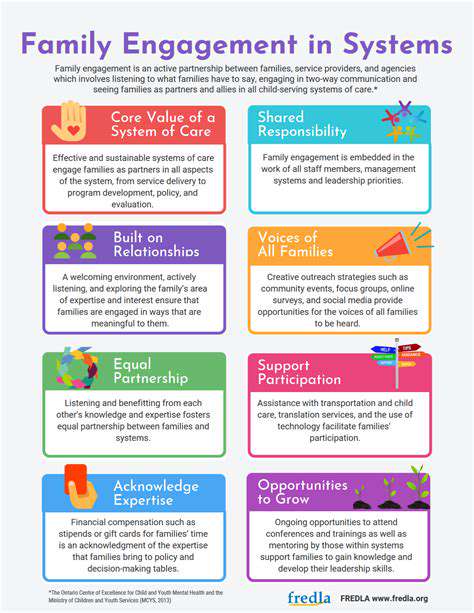
Effective Communication Strategies
Open and honest communication is paramount in any family, but especially when navigating sensitive situations. Families that prioritize open dialogue often find that conflict is resolved more quickly and amicably. Active listening, where each member feels heard and understood, is a cornerstone of effective communication. This includes not only verbal communication but also paying attention to non-verbal cues, like body language and facial expressions. Creating a safe space where everyone feels comfortable expressing their thoughts and feelings without fear of judgment is crucial for strong family bonds. Taking time to explain differing viewpoints and understanding different perspectives can help avoid misunderstandings and foster empathy within the family unit. Furthermore, learning to express needs and concerns clearly and respectfully can strengthen relationships and prevent resentment from building up.
Establishing clear boundaries is equally important for healthy family dynamics. Setting expectations for behavior, responsibilities, and respect is essential for creating a supportive environment. These boundaries should be consistently enforced, not just when convenient. Regular family meetings can be valuable tools for open communication, discussing important matters, and resolving conflicts in a structured manner. Understanding each member's individual needs and offering support and encouragement is also key in fostering a positive family atmosphere. This involves acknowledging and appreciating the contributions of each individual member, regardless of their age or role within the family.
Building Strong Bonds and Shared Experiences
Family traditions and rituals play a vital role in strengthening bonds and creating lasting memories. Whether it's a weekly game night, a special holiday celebration, or a regular outing to a park, these shared experiences help to create a sense of belonging and connection. These activities provide opportunities for families to bond over shared experiences and create lasting memories. These shared memories often become valuable and cherished throughout a family's life.
Encouraging shared interests and hobbies can also foster closer relationships among family members. This could involve joining a sports team together, taking up a new craft, or exploring a new interest as a family. Participating in activities that spark enthusiasm and provide opportunities to learn and grow together is invaluable. Spending quality time together, free from distractions, fosters deeper connections and strengthens family bonds. This includes focusing on meaningful interactions, rather than simply being in the same space. Making memories as a family often translates into stronger bonds and shared values, ensuring that family members feel supported and encouraged throughout their lives.
Encouraging children to pursue their passions and helping them develop a sense of purpose within the family structure is also important. Providing opportunities for individual growth and self-discovery within the family unit allows children to feel valued and encourages them to explore their interests. Support for personal goals, whether academic, creative, or athletic, contributes to a more well-rounded individual and a more cohesive family unit. Providing constructive feedback, rather than criticism, is vital to their development and encouragement.
Finding Meaning and Moving Forward
Understanding the Impact of Loss
Children grieve in ways that are unique to their developmental stage. Understanding that grief isn't just sadness, but a complex emotional response to loss, is crucial. This involves recognizing that a child might express their pain through anger, withdrawal, changes in behavior, or difficulty concentrating. It's essential to avoid minimizing their feelings or pressuring them to 'get over it.' Their experience is valid and deserves our empathy and support.
Recognizing the specific circumstances of the loss – whether it's the death of a loved one, a move, a divorce, or any other significant change – helps to tailor our approach to the child's needs. This understanding provides a framework for empathetic communication and appropriate intervention.
Creating a Safe Space for Expression
Establishing a safe and supportive environment is paramount. Children need a consistent space where they feel comfortable expressing their emotions without judgment or fear of reprisal. This environment fosters trust and encourages open communication about their feelings. Active listening, validating their emotions, and respecting their pace in processing the loss is essential. Providing a sense of security helps them navigate their emotions effectively.
This safe space can be a designated area in the home, a conversation during a calm moment, or a specific person they can turn to. Making it clear that their feelings are normal and understandable is crucial.
Helping Children Understand Loss
Explaining the concept of death or loss in a way that a child can comprehend is vital. Avoid euphemisms or sugarcoating. Age-appropriate explanations are key; a preschooler's understanding of loss will differ significantly from that of a teenager. Simple, honest language that avoids complex philosophical discussions is often the most effective. This process should incorporate their existing knowledge and build on that foundation.
Using age-appropriate resources like books, videos, or simple explanations can be helpful. This helps children connect with the concept in a tangible way, aiding their understanding and processing of the loss.
Supporting Healthy Coping Mechanisms
Grief can manifest in various ways, and encouraging healthy coping mechanisms is essential. This includes encouraging activities like drawing, journaling, storytelling, or engaging in physical activities. These outlets can assist children in expressing their emotions and developing healthy ways to cope with the pain and stress of their experience.
Encouraging healthy coping mechanisms can significantly reduce the possibility of developing long-term mental health issues. Supporting their ability to process and express their emotions, in whatever ways they need, is crucial for their emotional well-being.
Addressing the Impact on Daily Life
The loss of a loved one or any significant change can create challenges in a child's daily routines, including school, friendships, and relationships. Identifying these challenges and working with the child to address them can assist them in adapting. This might involve adjusting expectations, providing extra support at school, or finding new ways to connect with peers.
Seeking Professional Support When Needed
Recognizing when a child needs additional support is a vital part of supporting grieving children. If a child's grief is overwhelming or impacting their daily functioning, seeking professional guidance from a therapist or counselor is recommended. These professionals are trained in helping children process grief and trauma. Seeking this support demonstrates a commitment to the child's well-being and provides tools to help them navigate their experience effectively.
Don't hesitate to reach out to professionals if you feel that your child's grief is interfering with their ability to function or is causing undue distress. Expert guidance can provide valuable support and facilitate a healthy recovery process.

